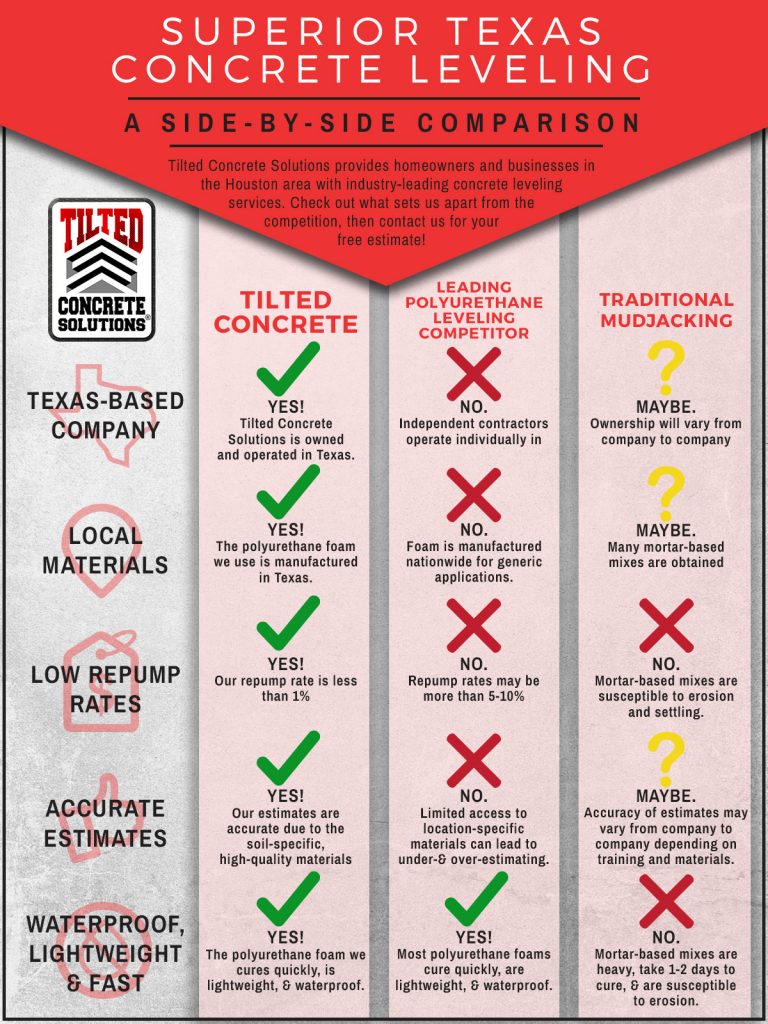Discover The Impact Of Seasonal Elements On The Efficiency Of Business Outside Painting And Recognize The Optimum Times To Accomplish Enduring Results For Your Project
Discover The Impact Of Seasonal Elements On The Efficiency Of Business Outside Painting And Recognize The Optimum Times To Accomplish Enduring Results For Your Project
Blog Article
Composed By-McLamb Urquhart
When you're planning an industrial exterior paint task, seasonal variables can make or break your outcomes. You'll want to take into consideration just how temperature and humidity impact paint application and drying times. Picking the appropriate season can guarantee your paint sticks effectively and lasts longer. However which seasons are really the very best for this kind of job? Let's explore the key elements that can influence your job's success.
The Influence of Temperature Level on Paint Application
When you're preparing a commercial external paint job, the temperature level can significantly influence how well the paint sticks and dries.
Preferably, you intend to repaint when temperature levels range between 50 ° F and 85 ° F. If it's too cool, the paint might not heal correctly, leading to concerns like peeling off or cracking.
On the other hand, if it's also hot, the paint can dry out as well rapidly, avoiding appropriate bond and leading to an irregular surface.
You should likewise consider the time of day; early morning or late afternoon provides cooler temperature levels, which can be much more desirable.
Constantly examine the supplier's suggestions for the details paint you're making use of, as they frequently provide assistance on the optimal temperature level range for optimal outcomes.
Humidity and Its Effect on Drying Times
Temperature level isn't the only ecological factor that affects your industrial exterior painting project; humidity plays a considerable role too. High humidity levels can decrease drying times dramatically, impacting the overall high quality of your paint task.
When the air is filled with wetness, the paint takes longer to treat, which can result in issues like bad bond and a greater danger of mold growth. If you're painting on a particularly moist day, be gotten ready for prolonged wait times between coats.
It's crucial to check local climate condition and plan accordingly. Ideally, go for humidity levels between 40% and 70% for optimal drying out.
Maintaining just click the up coming web site consider mind guarantees your project stays on track and supplies a lasting coating.
Best Seasons for Commercial Exterior Painting Projects
What's the most effective time of year for your commercial external paint jobs?
Springtime and early fall are typically your best bets. Throughout these seasons, temperature levels are light, and moisture degrees are frequently lower, developing suitable conditions for paint application and drying out.
Stay exterior painters denver of summer's intense heat, which can trigger paint to dry as well promptly, causing inadequate adhesion and finish. In a similar way, winter months's chilly temperature levels can hinder correct drying out and curing, risking the durability of your paint job.
Go for days with temperature levels in between 50 ° F and 85 ° F for optimal outcomes. Remember to inspect the regional weather report for rain, as damp conditions can ruin your project.
Planning around chicago house painters guarantees your paint task runs efficiently and lasts much longer.
Final thought
To conclude, preparing your industrial external paint jobs around seasonal factors to consider can make a considerable distinction in the end result. By organizing job throughout the excellent temperature levels and humidity degrees, you'll make sure far better attachment and drying times. Bear in mind to keep an eye on neighborhood weather prediction and select the right time of year-- springtime and early autumn are your best options. Taking these steps will aid you attain a resilient and professional finish that lasts.
